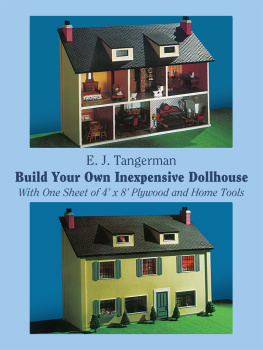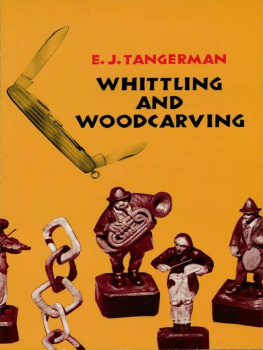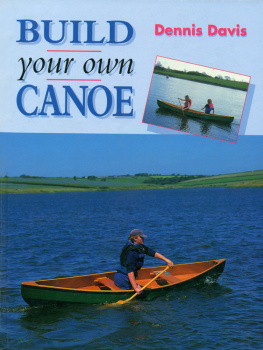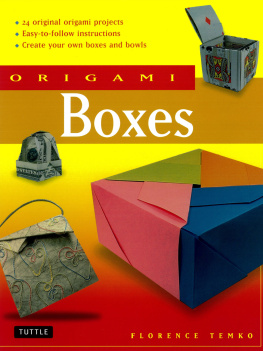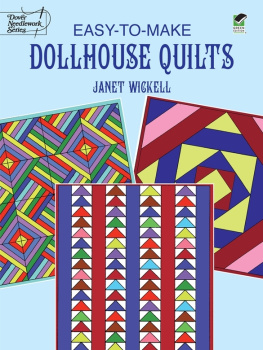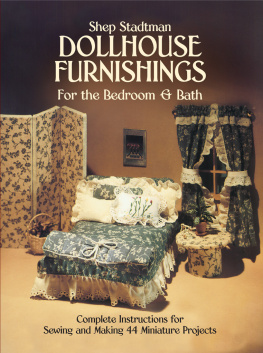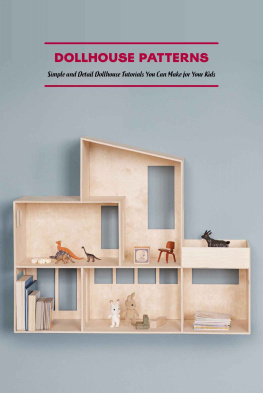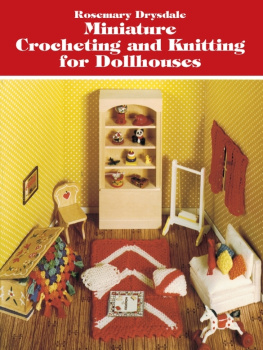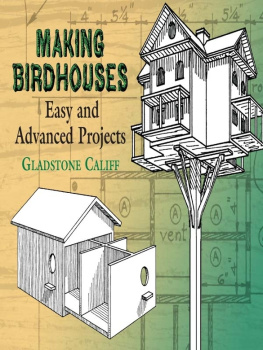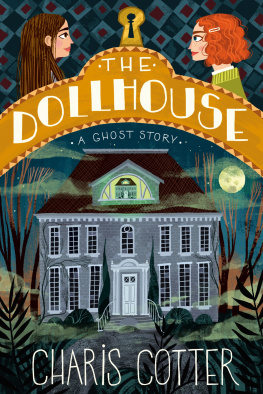Build Your Own
Inexpensive
Dollhouse
With One Sheet of 4x 8 Plywood and Home Took
by E.J.Tangerman
DOVER PUBLICATIONS, INC NEW TORK
Copyright 1977 by Dover Publications, Inc.
All rights reserved.
Build Your Own Inexpensive Dollhouse is a new work, first published by Dover Publications, Inc. in 1977.
Library of Congress Catalog Card Number: 76-50272
International Standard Book Number
eISBN-13: 978-0-486-16347-5
Manufactured in the United States by Courier Corporation 23493221
www.doverpublications.com
Contents
Introduction
My objective in this book has been to design a dollhouse, in the standard 1 foot to 1 inch scale, that can be built for under $30, from one sheet of 4 x 8 plywood, using basic home tools. The house can be built in a kitchen or living room (rather than in a workshop) by someone with no carpentry skills.
There are a number of design options to enable you to tailor the house to your own needs and preferences. For instance, while the house includes both a kitchen and bath, either or both of these rooms can be converted to a den, study or nursery. The upstairs hall can be omitted entirely; partitions can be moved to change room dimensions and functions; additional rooms can be added in the attic. Such details as the stairs, interior doorways and doors, dormers, chimneys and fireplace can be entirely omitted, if you choose. Window positions can be altered and windows added or subtractedall without changing the basic dimensions or shape of the house. It is even possible to omit the back wall and affix the front one permanently (one or the other should be stationary for stability) if an open display case is preferred.
This is, in other words, a simple, flexible design for a sturdy dollhouse that will give you a special satisfaction because you have made it yourself and that you will be proud to hand down to your children and grandchildren.
It is a good idea to read all of the instructions before beginning to work on the dollhouse.
The costs of building this dollhouse will probably increase over time. The cost estimates in this book were made in 1977.
1
The Bill Depends Upon the Bill of Materials
This house is made from one full 4 x 8 sheet of interior plywood. The plywood must be thick, but the grade can suit your preference and your purse.
Fir plywoods are least expensive (nothing is cheap anymore). You can buy fir sheathing for about $10 per sheet. This will have knot-holes, splits and other imperfections on both sides, and will not be sanded smooth. AD fir, at about $14 per sheet, will have one good, clear side, but the other will have blemishes. AB grade, costing about $18, has one side of clear, first-quality wood, but the other side has had the blemishes cut out and patched. If you are planning to cover all surfaces with decorative materials, such as miniature siding, brick, wallpaper, etc., these inexpensive plywoods would be good choices. However, if you are planning to paint the dollhouse, a good deal of time and effort will be necessary to eliminate the blemishes by filling them with water putty and sanding them smooth. Surfaces to be painted will need a prime coat of Firzite or shellac to keep the grain from rising and showing through the finish as a result of variations in humidity. Fir-faced plywoods also tend to splinter easily, and thus require careful handling.
Much less likely to splinter are plywoods faced with either white pine or birch. These woods have less obtrusive grains and easy-to-finish surfaces; in fact, the surfaces look good even unfinished, and they can readily be stained to simulate paneling. The house illustrated in this book was made with AB grade birch plywood, costing about $34 a sheet.
It is possible to get mahogany or even walnut-surfaced plywood (at $58 and $70 respectively). In my opinion, these woods are an unwarranted expense. The only reason I can see for using such expensive plywood is to have the outside of the dollhouse match the furniture in the room where the house is to be displayed.
For decorations and panels, anywhere in the house, you will need thin wood. Coffee stirrers, tongue depressors (including the slightly narrower and shorter variety for children), paint stirrers and ice cream sticks are readily available and easily adaptable for use as trimmings. If you decide to use tongue depressors, ask the druggist to sort out flat, straight ones for you. Many tend to be twisted and warped, which doesnt make any difference to someone saying, Ah! but does make a difference to the dollhouse builder.
The table below shows the cost of building three different versions of the dollhouse. The first column gives prices for building the basic house out of fir sheathing with no chimney, dormers, windows, window box or other trimmings. The second column lists prices for a complete dollhouse, including all trimmings, made from AB fir, and the third column gives the figures for the same dollhouse made from AB birch.
Prices will vary depending upon supplier and area, but relative costs will probably remain constant. These are mid-1977 prices in a top-flight East Coast cabinetmakers shop and are probably higher than prices at a commercial lumberyard. If you have the yard cut the plywood sheet and the staircase, you can expect to add $15 for labor to these estimates. Costs for finishing the dollhouse are not included because of the wide variations in individual requirements.


Figures 1 and 2. The grain is more visible in fir-faced (left), than in birch-faced, plywood.
Materials Required

2
Six Tools Are All You Need
In designing this house, I have consciously avoided screws and drilled holes, grooves, mitered corners and other special techniques of the skilled cabinetmaker, so that this house can be built with six basic tools. These tools are: a six-foot folding rule or steel tape, a carpenters square, a saber saw, a hammer, a medium rasp or coarse file, and some type of power sander, such as a power drill with a sanding disk.
The large folding rule or steel tape and the carpenters square are used for laying out the parts. Shorter rules make it necessary to add lengths, and this can result in a series of minor inaccuracies that gradually add up to big errors. The carpenters square is helpful in making 90 corners and is often long enough to compensate for small edge irregularities in the plywood and to insure straight, long lines.
The best tool for cutting out the parts is a saber saw (some makers call it a jigsaw). It is inexpensive, some makes selling for under $15, and is a useful tool to have around the house. The saber saw will cut wood up to about 1 thick, fast and cleanly, along any reasonable line with minimum kerf (width of the blade). The saber saw will also cut interior shapes started from holes. By adjusting the shoe surrounding the blade, the saber saw can also cut angles. A keyhole saw can also be used, but it is extremely slow and hard to use on plywood because of the glue and other inclusions. You can, of course, have the lumberyard cut up the plywood sheet, but their usual equipmentthe circular saw or the bandsawcuts too wide a kerf. The lumberyard will charge you from 25 to 50 per cut, and this could very easily add $15 to the cost of building the dollhouse. For that amount of money you can buy your own saw, or, if you dont want to buy a saber saw, rent or borrow one.

